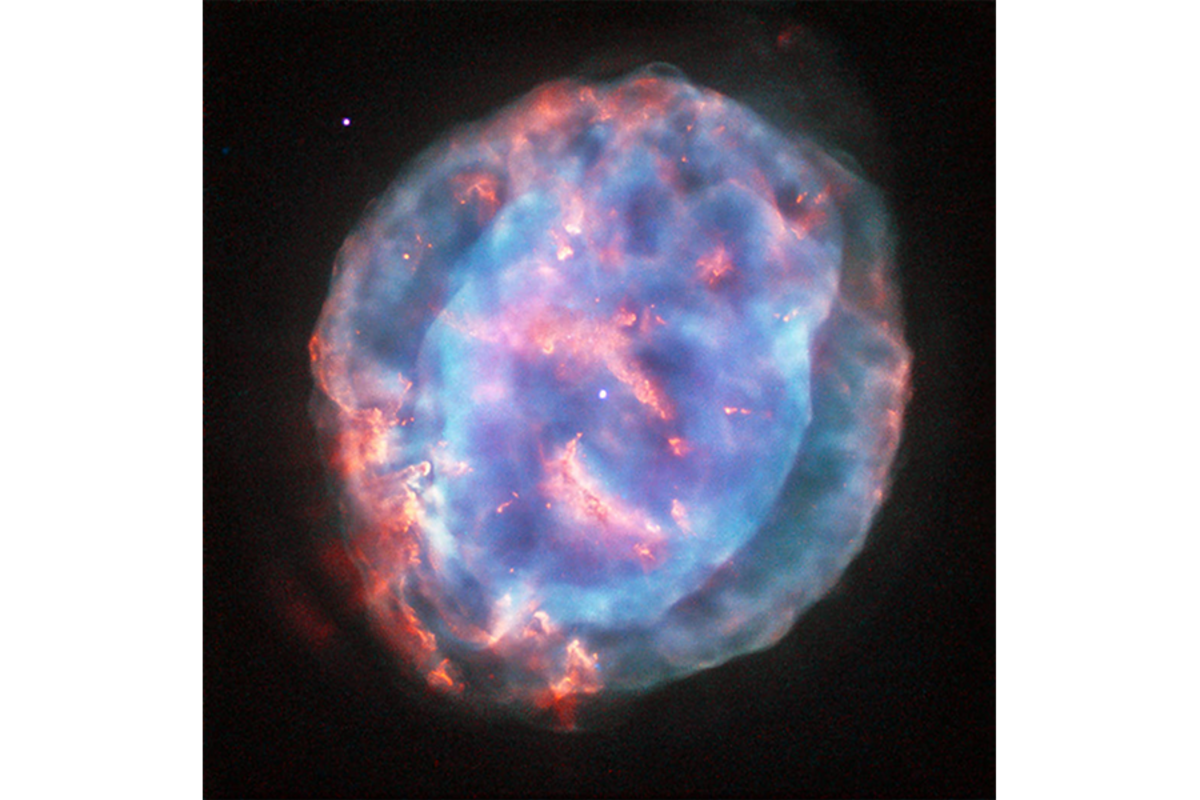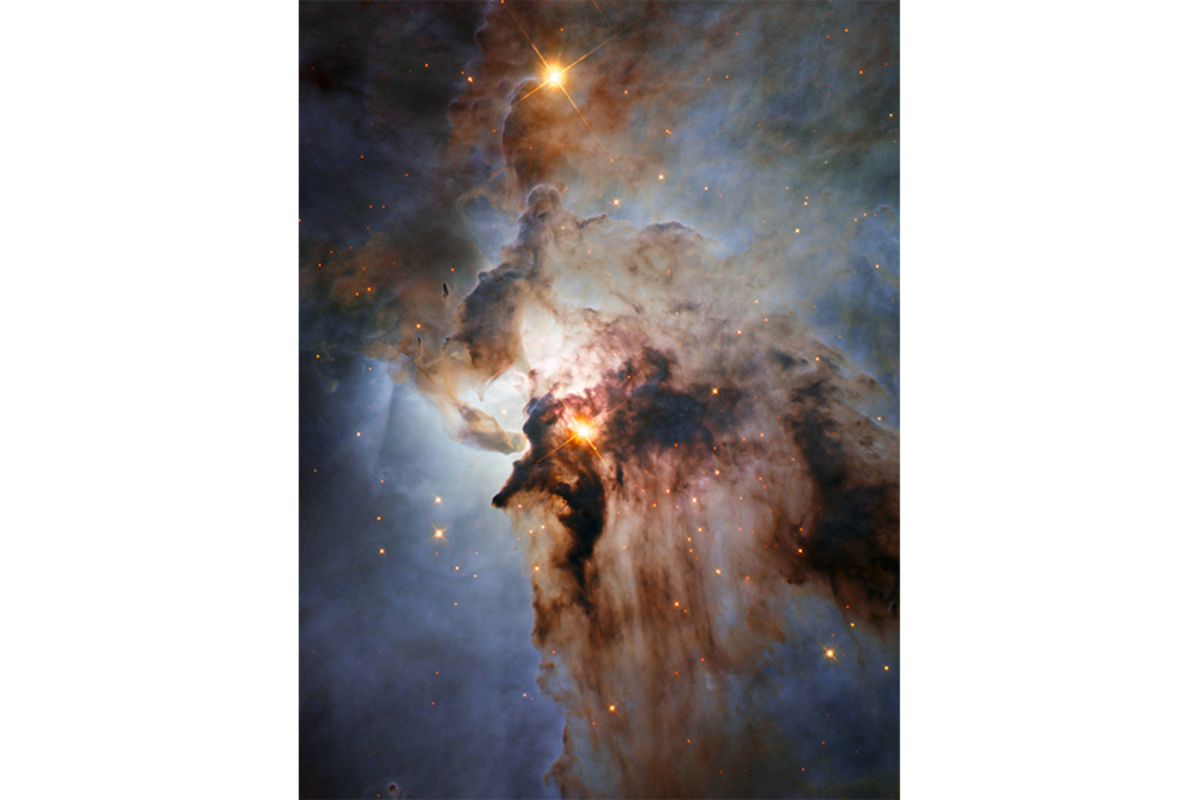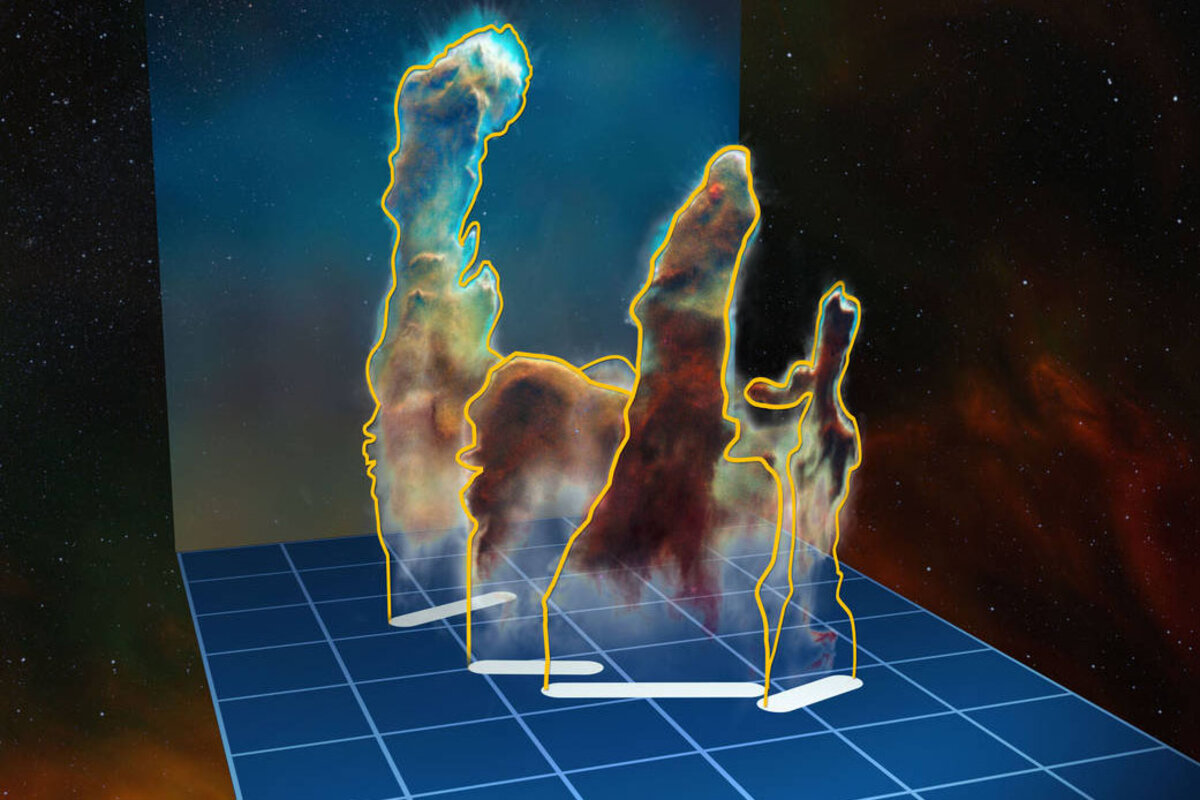Cosmic butterflies, celestial gems, and other majestic wonders caught by Hubble
Loading...
Few things have brought humans closer to the beauty and mystery of the cosmos than the Hubble Space Telescope.
Since launching into orbit on April 24, 1990, Hubble has snapped photos of dying stars, cosmic butterflies, and galactic starbursts millions of light-years away, giving scientists truckloads of data with which to study the heavens – and bringing Earthlings an unprecedented glimpse of the Milky Way and the universe beyond.
As The Christian Science Monitor reported for the telescope’s 25th anniversary:
Hubble has added one indelible image after another to humanity’s collection of postcards from the cosmos, which have continued to make significant contributions to science well after their arrival.
The telescope has played a key role in democratizing astronomy by making information widely available within a relatively short period after it has been collected. It has also fed an enormous archive of information and images – more than 100 million – that generates more science today than during initial observations.
Here’s a look at some of Hubble’s most spectacular finds.
The star Hen 2-427, expelling clouds of red and orange gas at rates of more than 93,000 miles per hour, sits brightly at the center of the young nebula M1-67. Hubble captured this cosmic couple from 15,000 light-years away – the pair are found in the Sagittarius constellation, smack in the center of the Milky Way.
When stars begin to die, their outer layers diffuse into space, creating glowing clouds of gas called planetary nebulae, which form some of the most captivating images in the known universe. The nebula NGC 6818, for instance, earned the nickname “Little Gem” after Hubble’s Wide Field Planetary Camera 2 snapped this photo of the colorful layers and structures nestled within the interstellar cloud. Who says precious stones can only be found on Earth?
A vast, star-forming region within the Sagittarius constellation, the Lagoon Nebula, also known as Messier 8, spans a region 110 by 50 light-years in size and appears to the naked eye as a faint patch in the sky. This photo provides an up-close look at the nebula’s stormy center, revealing winds from hot stars, funnels of gas, and various star formations within a haze of gas and dust.
In an illustration of the enduring value of Hubble’s photographs, astronomers here reveal the first three-dimensional rendering of the Pillars of Creation – massive columns of cosmic gas and dust found in the Eagle Nebula, about 7,000 light-years from Earth – first captured by Hubble in 1995. Using the Multi Unit Spectroscopic Explorer on the European Southern Observatory's Very Large Telescope, scientists in April published new details regarding the pillars’ distribution and orientation in space.
As enchanting as NGC 6153’s gossamer blue haze may be, what piqued scientists’ interest in this planetary nebula is its substance – amounts of neon, argon, oxygen, carbon, and chlorine three times more than can be found in the solar system. NGC 6153 also contains five times more nitrogen than the sun.











